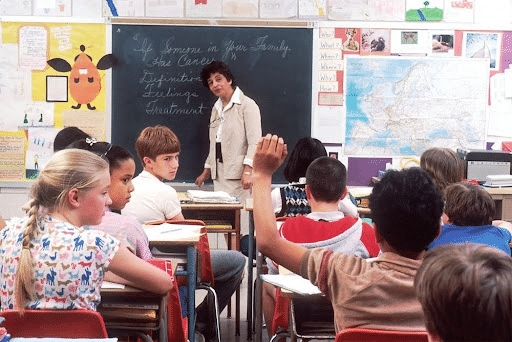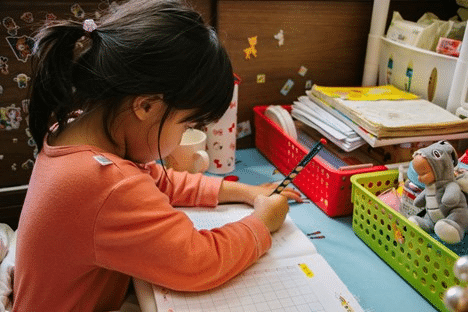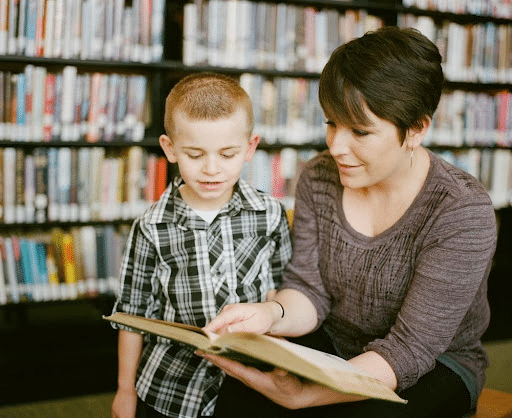Online Reading Program
Children learn things quickly and grasp the new concepts if parents, teachers, or mentors accompany them.
At least 40% of the children struggle with reading skills. Therefore, it is the need of an hour to invest time, energy, and money at an early stage. This will also help them in overcoming hurdles and weaknesses. Online reading program helps children to learn how to read.
Most of the kids begin reading at school, home, or kindergarten. On the other hand, the parent’s role is significant. They need to build and encourage their children from a tender age. To develop the reading skills, teachers, mentors, parents, and the child all play their roles.
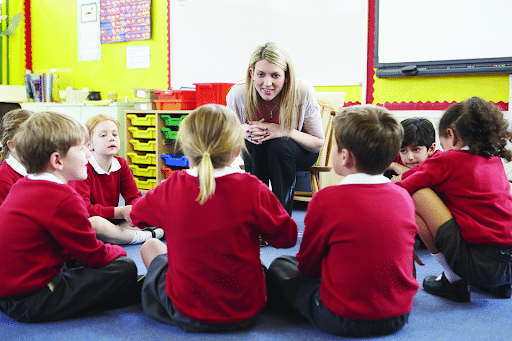
The perfect age to begin with reading activities is 3. Beginning at a very young age will help them learn the basics. Small kids have intelligent minds, and they try to grasp new things every day. Their little minds will get all the information quickly, which will enhance their knowledge.
A picture says a thousand words:
You can chat more about the pictures, images, and visuals to point out the matching words. This makes it easier for beginners. You can also add the sounds or the actions to bring them to the main storyline. This is also a way to help plus engage them in learning at an early age.
Parents can also read them to you. Making them relate the words to the pictures, images, and visuals will motivate them to learn new things. This is a simple yet easy technique that can assist you in grabbing new concepts. In addition, the aid of multimedia and an interacting reading session can assist in outperforming what the books can do.
Traditional books have to keep importance but for learning to see and match. This can help in achieving the goal. Therefore, online programs are quite useful. Young and fresh minds can quickly connect with what they see and experience.
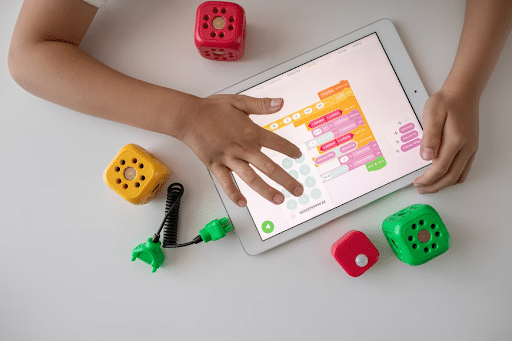
Learning through interacting activities:
You can begin by introducing them to the alphabet. If they start recognizing the alphabet, it’s a baby step towards reading. This is a way forward towards the actual words to learn and read.
If parents extend their support to their kids to develop the reading in them. They, through various activities, can make them learn anything. Moreover, their comprehension and understanding can immensely improve with relevant and interesting activities. Therefore, it is important to engage your child in interactive activities.
Using various senses to develop reading:
A kid poses too naturally curious and thus, questions everything. This can be translated into the skills of exploring more about things through reading. Printed texts are available all around you. Make them read the billboards, signboards, household items, and television lines. Besides, introduce them to the word of reading interestingly and excitingly. If they take a keen interest in it, you can make them learn a variety of words.
Whenever you are reading, use your fingers and expressions to make the child understand the words. For beginners, it will help them in recognition. With the aid of actions, you can make them enter into the wide world of reading.
Why Phonological awareness ?

To assist them with it, you can keep repeating the alphabets and phonics time and again. This will help in memorizing them in a better manner. Make them learn in the form of a song, and thus, they can quickly learn it. They will get familiar even before they start writing them. With phonology awareness, kids try to recognize the words with the help of sounds. They try to match the sounds to reveal the alphabets and words.
Words are a composition of different alphabets. Therefore, they represent a wide range of words. With the sounds, they can try to recognize the words. This also develops the skills of making and generating words.
You can spread the alphabet cards and mix them all. Allow the child to pick one of them and recognize it randomly. Nonetheless, it is the best way to make them understand all the alphabets.
Always remember your basic motto is to make your child read and learn. Learning should be based upon fun-filled and exciting engagement for them. The absence of it will result in loss of interest and engagement. Therefore, don’t push young learners too hard; just guide them and maintain a pace. Elements of fun and entertainment can do wonders for you.
How to develop the skills?
Parents cannot do everything on their own. They are not superman to do all by themselves, and therefore need guidance and assistance from a professional tutor.
In today’s world of technology, online programs are vital to helping with reading. You can invest in a quality online reading program. They take on creative techniques to it. In this way, you can be a mentor or a tutor in the form of your efforts and dedication to making it work. Nevertheless, this supports an added advantage that can be very helpful for the child and make it worthwhile.
Online programs give the child access to videos, printables, books, stories, and quizzes. It assists them in keeping on track.
ReadingTeacher.com is there to help your child with independent reading. This helps in overcoming the difficulties of the young strugglers. It will bring in a dramatic change and confidence in your child. Online Programs are specially designed to support young learners at the early stage. We offer self-paced, fun-filled, and motivating programs for various age groups.
Get your child enrolled today!
Summer reading programs are a great way to immerse students in books. Online reading programs give kids access to videos, printable books, stories, and quizzes so they can stay on track with their academic success.
This article discusses online reading programs, their benefits, and the best summer reading program online today.
Benefits of reading
The benefits of reading are countless. Reading helps children improve vocabulary and language skills, exercises their brains, improves concentration, teaches children on various subjects, and encourages imagination and empathy.
Benefits of Reading Programs
When children participate in reading programs, it encourages them to make reading a habit. Teaching reading in a fun way inspires children to become life-long readers. Also, the activities in reading programs can encourage reluctant readers to participate.
Summer reading programs generate interest in books and help children keep their reading skills when school is out. Getting one-on-one help over the summer can help struggling students catch up with their peers and even get ahead of the game.
Why Reading Teacher
Readingteacher.com is an online summer reading program that uses phonics methods. Phonics methods help students learn to read quicker by playing out sounds for new words.
This reading program lays out the material in a way that interests kids, making reading fun rather than a chore. Their program contains hundreds of exercises, so students can improve their reading skills all summer. You can try out the Readingteacher.com program for free.
Lesson Plans, Resources & Worksheets
The material provided at readingteacher.com can be used for homeschooling or in the classroom. With over one hundred interactive stories and over three hundred printable materials, you can find everything you need to help your students improve their reading skills and vocabulary.
On the readingteacher.com website, you can find lesson plans, videos, writing sheets, song sheets, quizzes, cards, and other teaching resources.
Reading Teacher Programs
Readingteacher.com offers three different plans. Their free plan gives you access to the first level, and the monthly plan gives you access to the complete program. You can try out their reading program for free, and if you want to continue, you can sign up for the monthly plan.
They also offer an unlimited membership that gives you complete access to all of their material, similar to the monthly plan, but you have access forever once you make the one-time payment.
One of the best ways you can help your children be successful in life is to improve their reading skills, but the classroom may not be enough for some children. Some children will benefit significantly from a one-on-one learning environment and spending extra time during the summer to improve reading skills.
Summer reading programs strengthen academic skills and create a life-long reading habit. One of the best summer reading programs is readingteacher.com, a program that uses interactive material and phonics to teach kids that reading can be fun.
The more we read, the better our skills become. Reading also improves concentration, teaches us about various subjects, exercises our brains (especially compared to watching tv), improves vocabulary, and develops our imagination. Teaching children that reading can be fun is the best way to encourage reading habits.
Start Teaching Reading for Free Now!
Access Level 1’s four interactive stories and the accompanying supplemental resources to teach elementary students how to read. No credit card is needed. Join the 42,635 teachers and students using our reading program.

